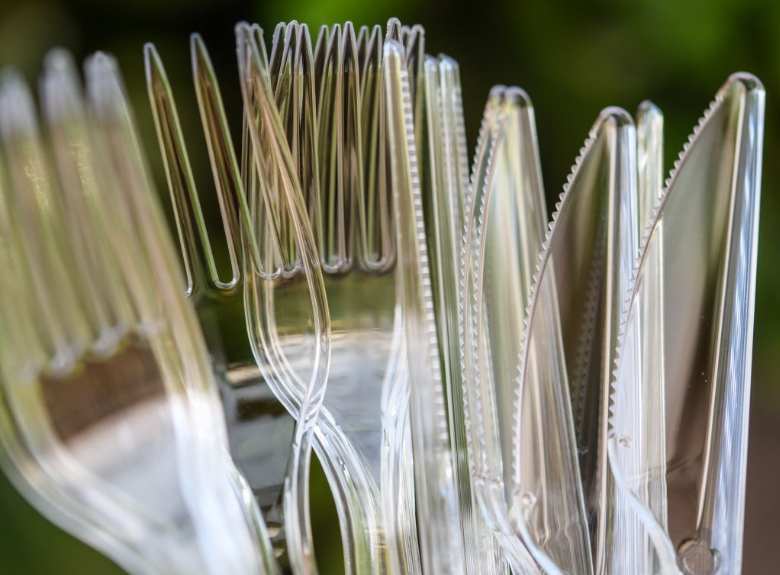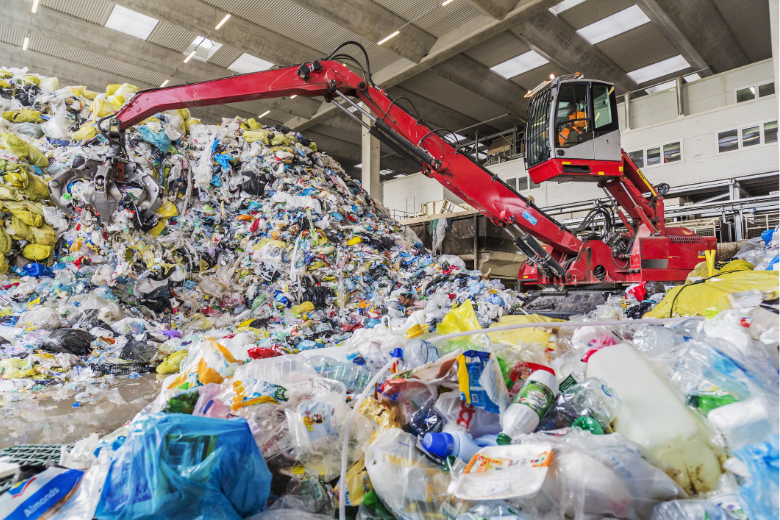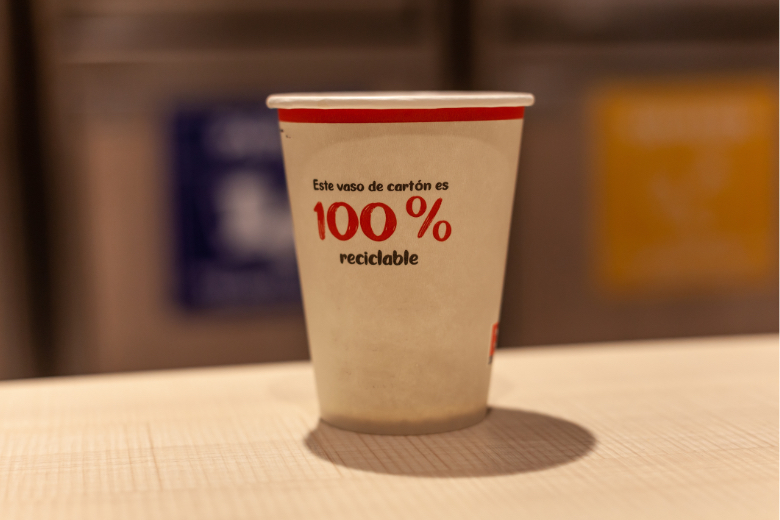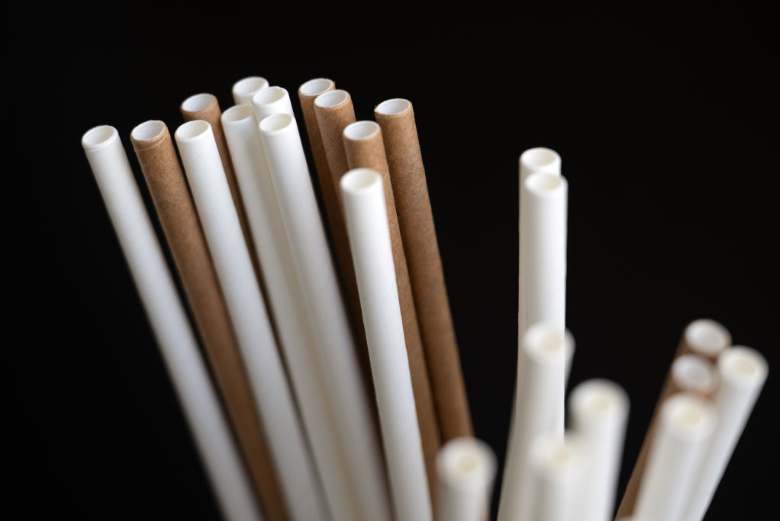Plastic has been an inseparable part of our civilisation for more than a century, but today we are well aware of the two major issues that make it unsustainable, its origin and its destination: its derivation from oil, with its associated carbon footprint, and the pollution it generates, including microplastics. Across the world, countless measures have been taken to find alternatives, substitutes for plastic that can perform the same functions. And while this is a necessary movement, we must not forget that every “without” implies a “with”, i.e. something in its place, which is not always harmless. Are the current alternatives to plastic sustainable enough, or do we need to find new solutions?

In 1907, the development of the first synthetic plastic, Bakelite, ushered in an era that filled human life with plastics. By the mid-20th century, disposable plastics, then seen as a great labour-saving innovation, were all the rage. In the 1970s, single-use bags became popular, and the growth of plastics was unstoppable, although by then warnings about pollution were already being raised. Plastic recycling began to gain momentum in the 1990s, but curiously, as an investigation by NPR and PBS (US public media) revealed in 2020, it was the oil and chemical industries themselves that promoted this practice to sell more plastic, leading the public to believe that everything was being recycled.
Of course, this is not the case. Every year, 400 million tonnes of plastic waste is generated, and this material represents the great unfinished business of recycling: only 9% is recovered and this covers only 6% of the manufacture of new products. In addition, recycled plastic is subject to degradation, which limits its uses. In terms of their climate impact, plastics account for 3.4% of global emissions.

For all these reasons, the trend today is to close the loop: to do without plastics. Although we are still a very long way from this, the ban on single-use carrier bags has become widespread. In 2021, the European Union phased out many single-use plastics, including plates, cutlery, drinking straws, balloon sticks and cotton buds, as well as polystyrene containers and cups. In 2023, glitter, a source of microplastics, was added.
Substitute materials are not without problems
This does not mean that all these products will disappear, but that they will have to be made from other materials. And although there are attempts to return to materials of natural origin, it is precisely these that plastics have replaced because of their greater versatility. Today, progress is being made to substitute traditional plastics with biodegradable ones, but these do not necessarily eliminate the need for petroleum. Bioplastics, made from plants and other natural materials, do, but they are not always biodegradable; they can also divert resources from agriculture, so attempts are being made to use plant waste for other purposes.

In some cases, plastic substitutes create problems of their own. For example, paper and other plant materials have now replaced plastic in drinking straws, but a 2021 study in the US found that these products contain a class of substances called perfluoroalkyls and polyfluoroalkyls (PFAS), which have been in use for more than half a century and are often used for waterproofing. Because of their high stability, PFAS are popularly known as “forever chemicals”.
In 2023, another study by the University of Antwerp, Belgium, found similar results, not only in paper straws but also in bamboo and glass straws, but not in stainless steel straws. The researchers could not determine whether PFAS have been used in their manufacture or whether it is a contaminant present in the raw materials, but they warn: “the presence of PFAS in plant-based straws shows that they are not necessarily biodegradable and that the use of such straws potentially contributes to human and environmental exposure of PFAS.” The advice of study leader Thimo Groffen is to use steel straws “or just avoid using straws at all.”
The dangers of PFAS
Although this does not mean dangerous levels of exposure, PFAS can be hazardous. The companies that make these compounds are fighting lawsuits about their dangers, and some researchers say the evidence is not yet strong. However, the US National Academies of Sciences, Engineering and Medicine say there is sufficient evidence of links to kidney cancer, reduced growth in foetuses and children, reduced immune response and increased cholesterol, and other possible risks still being studied. As a result, some PFAS, such as perfluorooctanoic acid (PFOA) and perfluorooctanesulfonic acid (PFOS) are being phased out but replaced by others, and there are nearly 15,000 different types of PFAS.

In other cases, the alternative can be worse for the environment: Lego, the company behind the famous construction sets, initiated a plan to reduce its huge plastic consumption by using recycled plastic bottles. In 2023 it abandoned the idea, claiming that the additional materials and energy required would result in higher carbon emissions than its current fossil fuel-based materials.
Like Lego, many companies are still waiting for the holy grail of alternatives to plastic—versatile, functional, durable and cheap like traditional plastic, biodegradable, clean like bioplastics and fully recyclable without loss of quality. The perfect solution is still waiting to be discovered.
Comments on this publication